Education and Gender Podcast
Twenty one Convent of the Sacred Heart Upper School students participated in the first Diversity Conference March 8 with Fordham Preparatory School, a jesuit Catholic high school for boys in the Bronx. Students from Sacred Heart and Fordham Prep met for a summit at the Marist Retreat House in Esopus, New York to discuss a variety of topics including social bias, race, and gender.
The Diversity Conference was a rare opportunity for students from both schools to engage in academic and social discourse with students of the opposite gender. The co-educational experience led me to consider the academic impact of a single-sex education.
According to nytimes.com, United States state test scores show that three out of four students enrolled in single-sex classes have higher percentile rankings on reading scores than students in a co-educational setting. Also, nearly 70 percent of primary school students with single-sex education improved their math scores.
A neuroimaging study by the National Institute of Mental Health concludes that the time and the rate at which certain regions of the brain develop differs between boys and girls. The study indicates a disparity in the development of the occipital lobe, which is the area of the brain primarily associated with processing visual information. A study in the journal Developmental Neuropsychology, Vol. 16, No. 3, suggests that the areas in the brain associated with processing language develop later in boys than girls, according to apa.org.
This neurological data suggests that there are physiological differences in the brains of boys and girls, and many single-sex education advocates argue that educators should separate students by gender to mitigate these developmental disparities.

In addition, a study by the American Physiological Society concludes that there is a difference between how male and female students prefer to learn. The study claims instructors should address the “significantly different learning styles” of males and females in order to best educate their students.
The data indicates that the majority of females surveyed preferred learning from only one mode of instruction, specifically kinesthetic learning. In contrast, 58.3 percent of male students favored multimodal instruction. Specifically, male students preferred a four-pronged approach to learning, visual, auditory, reading and writing, and kinesthetic instruction methods.

Psychologist and proponent of single-sex education Lisa Damour, Ph.D., believes that having one sex in the classroom helps teachers better cater to the needs of their students, according to apa.org.
“Teachers, therefore, can use strategies in the all-girls classroom and in the all-boys classroom that don’t work as well — or don’t work at all — in the coed classroom,” Ms. Damour said.
Some psychologists, however, disagree about whether these differences make a significant difference in the classroom. Advocates for co-education claim that these differences do not have an impact on how well students learn at co-ed schools, citing studies that conclude there is no longer a gender gap in mathematics, according to apa.org.
In addition, a 2005 US Department of Education analysis of studies examining single-sex and coeducational schools suggested there were mixed results about the academic benefits of a single-sex education, according to apa.org.
A plethora of scientific data examines many facets of the educational experience from both the co-educational and single-sex perspectives. Psychologists and education experts draw mixed conclusions from the data, so I set out to ask faculty members at Sacred Heart about their experiences at single-sex and co-educational schools.
-Emily Coster, Staff Writer

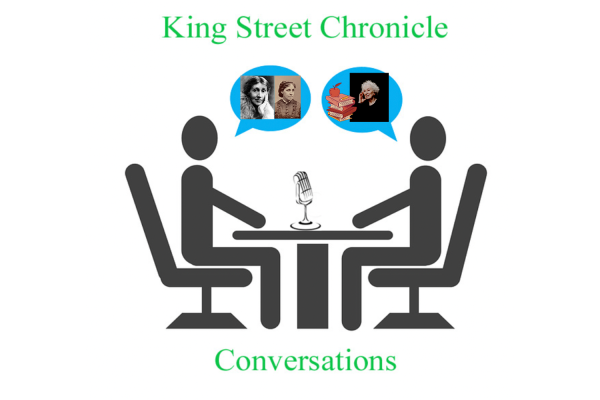
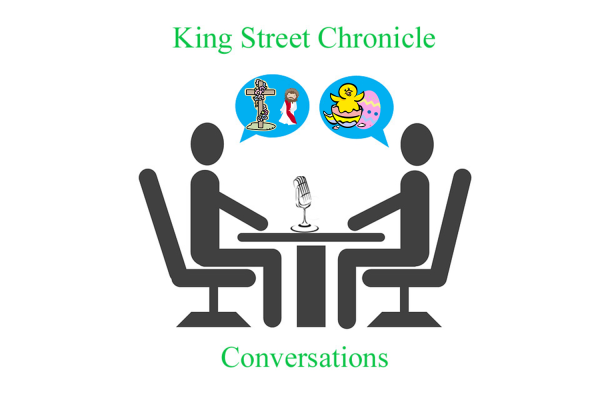
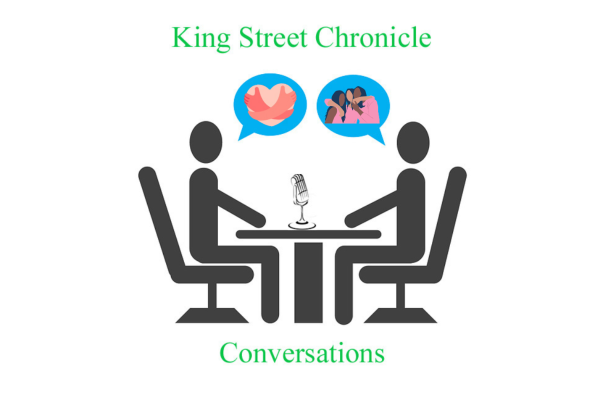





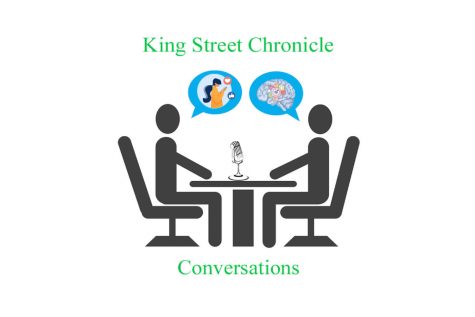
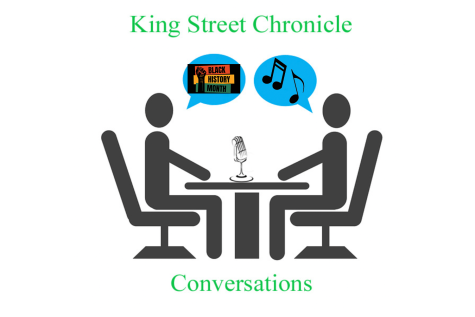
J. Coster • May 9, 2016 at 12:08 pm
First podcast for the Chronicle! Great job!